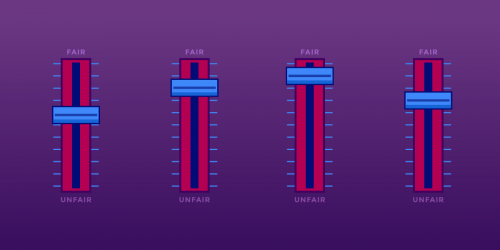The Hollywood Reporter Esq. (a new publication aimed at entertainment industry lawyers, but interesting to cyberlaw types, as well) asked me to write a short piece describing YouTube's relationship to copyright law. Many people have wondered whether YouTube may be on the same rocky copyright path that Napster faced. Not so, once you understand the important differences between them:
Fortunately, YouTube has an important legal shield that was not available to the old Napster: the so-called "online service provider safe harbors" created by Congress as part of the DMCA. One provision, Section 512(c), was designed to protect commercial Web-hosting services, which feared they might be held responsible for the posting habits of their customers.
After all, if you're Verio and hosting hundreds of thousands of Web sites for clients around the globe, you can't afford to be sued every time one of your customers copies a photograph from a competitor's Web site.
Because YouTube essentially stores material at the direction of its users, it can find shelter in the same safe harbor that Web-hosting providers do.
The safe harbor works like this: So long as YouTube plays by a few rules, content owners can't collect damages from it, even if its users infringe their copyrights.
Rule No. 1 is the implementation of a "notice and takedown" system to respond to infringement notices from copyright owners. YouTube, of course, has this in place and takes down material once properly notified by an owner that a clip is infringing.
Read the whole article here.








